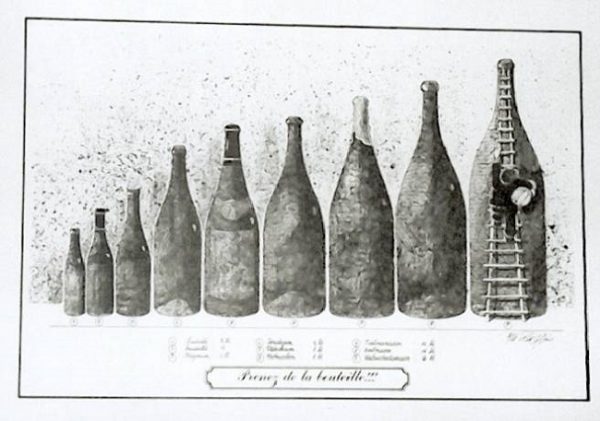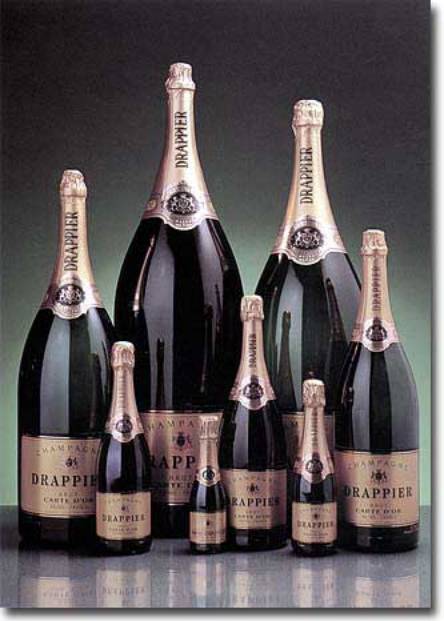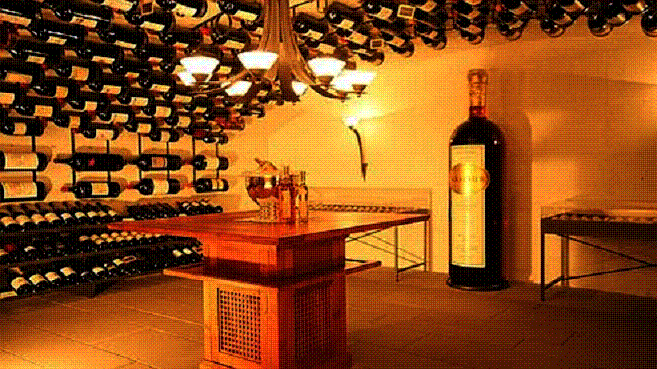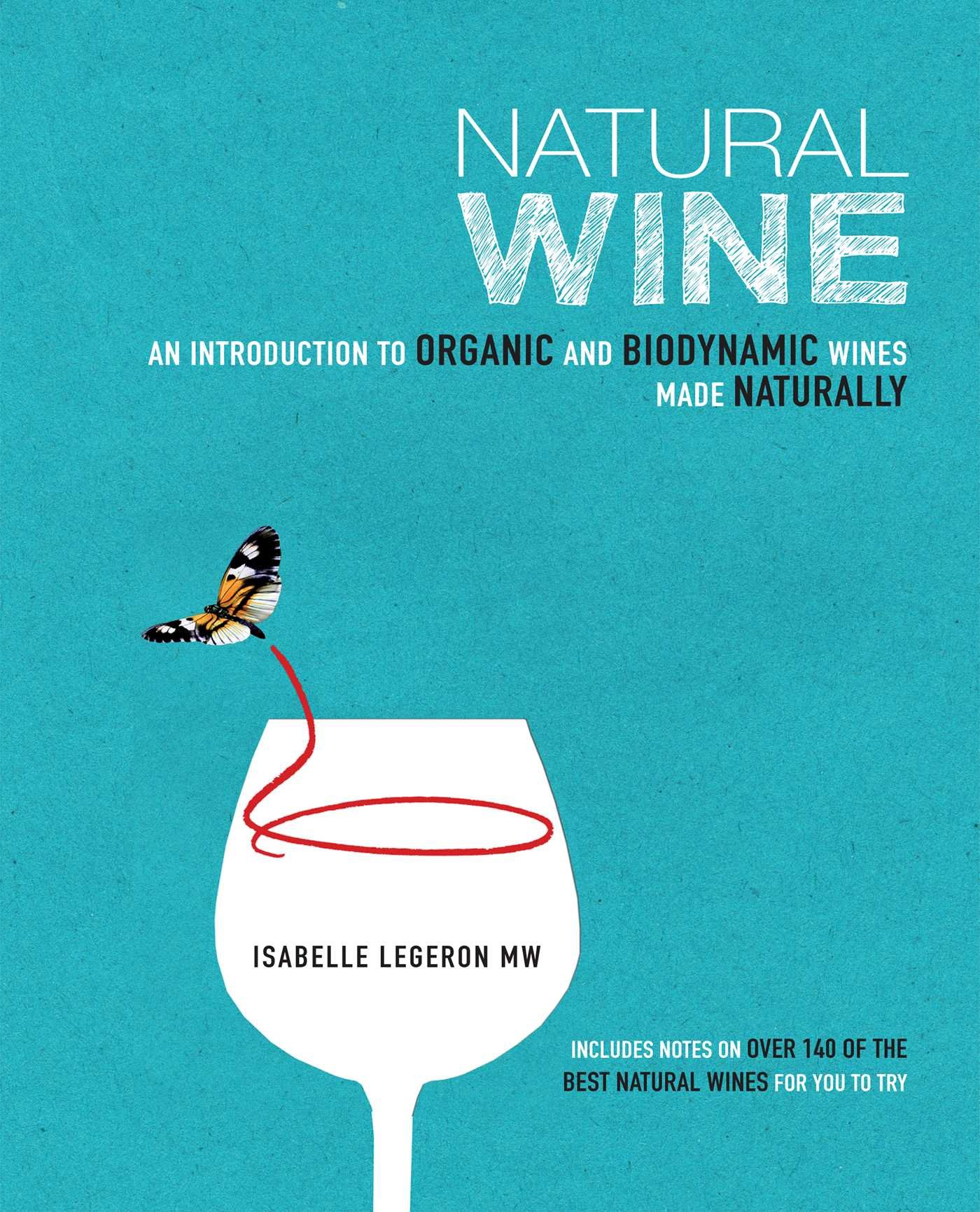
Passionate oenophiles love offering their favourite wines in large formats, but while the magnum is very well known, other “large bottles” can sometimes have somewhat more complicated names. Swiss journalist Philippe Margot deciphers the sometimes-mysterious origin of these names.
Large bottles of wine carry the following names (in ascending order of size): Magnum, Double-Magnum, Jeroboam, Rehoboam, Mathusalem, Salmanazar, Balthazar, Nabuchodonosor, Salomon.
From Rehoboams upwards, large bottles are no longer produced on an industrial scale. The cost of even buying an empty bottle can be very high. The origin of these names is often biblical, and goes back to the dawn of time, and with no clear explanation, the names have often been borrowed from important figures from ancient history. In fact, no one truly knows the origins of the biblical names given to large bottles of wine and champagne.

Drappier explains that even the way they vinify the champagnes destined for large bottles is different: for their Primat – given that they are the only producers of this format – they’ve chosen a Gallo-Roman name which is truer to the French terroir. Thus ‘Primat des Gaulles’, from the Latin ‘primat’, meaning of highest importance.
The origins of large format bottles can therefore be found in the French region of Champagne. Having gained their prestigious reputation, the distinctive bubbles from this region found their way into the courts and splendorous reception rooms of Europe from the 18th century onwards. This affluent clientele allowed the development of large containers which could contain up to 15 litres.
At the end of the 19th century, négociants from Reims selected seven large bottles whose volume varied from 1.5 litres, so twice the volume of a normal bottle of champagne, up to 15 litres. Although this information is open to question, it would seem that the names given to these enological giants had the aim of reminding us of the pomp of celebrations in Eastern antiquity.
To each bottle its origin
Magnum: contains 1.5 litres or 2 bottles of 75cl.
It comes from the Latin word which means “large”. It has been used since the 18th century.
Jeroboam: contains 3 litres or 4 bottles of 75cl. In Bordeaux, it’s called a double magnum. Somewhat rarer are 5-litre Jeroboams which can be found in Bordeaux.
According to biblical history, Jeroboam I (931 – 909 BC) was the first king of northern Israel.
Réhoboam: contains 4.5 litres or 6 bottles of 75 cl.
Son of king Salomon, his tyrannical government attracted the wrath of 10 out of 12 tribes in Israel.
Methuselah: contains 6 litres or 8 bottles of 75 cl. In Bordeaux, it is sometimes called an Imperial.
The name of the patriarch – the oldest person mentioned in the Old Testament – has become a synonym for longevity. According to Genesis, Methuselah (Enoch’s son) lived for 969 years and died during the Flood.
Salmanazar: contains 9 litres or 12 bottles of 75 cl.
Five Assyrian kings were called Salmanazar.
Balthazar: contains 12 litres of 16 bottles of 75cl.
Balthazar was one of the three kings who came to celebrate Jesus at his birth. In traditional iconography, he represents Africa.
Nabuchodonosor: contains 15 litres or 20 bottles of 75cl.
He was the most important of the Kings of Babylon and governed between 605 and 565 BC. After having defeated the Egyptians, he conquered Jerusalem several times and held the Hebrews captive in Babylon, which he transformed into a magnificent city.
In addition to these traditional bottles, some négociants use even larger containers.
Salomon: contains 18 litres or 24 bottles of 75cl/
Souverain: contains 26.25 litres or 35 bottles of 75cl.
Primat: contains 27 litres or 35 bottles of 75cl.
This name comes from the Latin and means of highest importance. Historically, this name was given to archbishops who were superior to the other bishops and archbishops in the region.
It was used for the first time in 1999.
Melchizédec: contains 30 litres, or 40 normal-sized bottles, used since 2002.

The new world record holder
There is only one version of the largest bottle in the world. It has pride of place in a Swiss restaurant, the Gasthaus zum Gupf. The restaurant owner, Emil ‘Migg’ Eberle dreamt up the biggest bottle in the world. Made in Germany, it contains sweet white wine from the Austrian Burgenland.
The bottle is 2.4m high, with a diameter of 68cm, and holds no less than 480 litres of the 2005 vintage. The cork measure 18cm, whereas an average cork is 2.4cm long.
In order to memorise the order of these large format bottles, we would recommend using a mnemonic technique: ma re re ma sal ba na (Magnum, Jéroboam, Réhoboam, Mathusalem, Salmanazar, Balthazar, Nabuchonodozor). Now it’s up to you to come up with a way to remember the varying volumes!
Now, why not browse our selection of Magnums, Double-Magnums, Jeroboams, Rehoboams, Methuselahs, Salmanazars?



